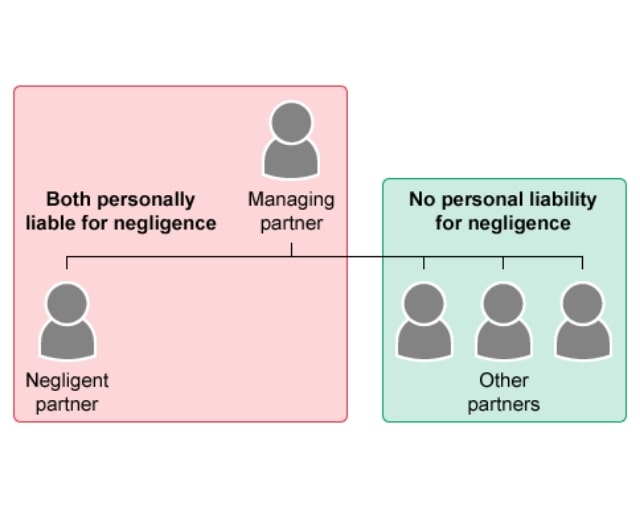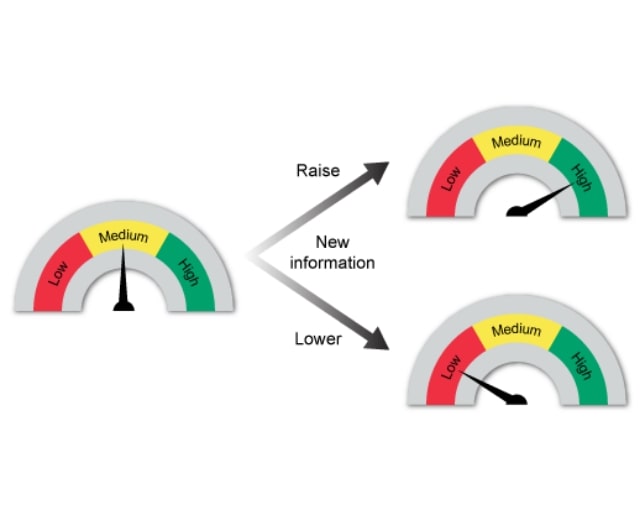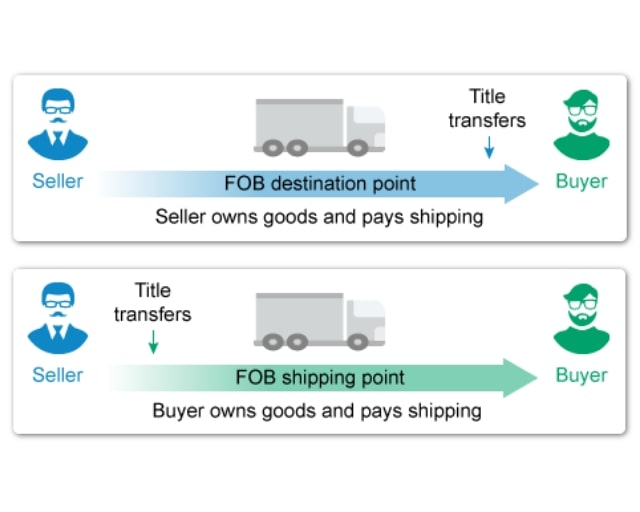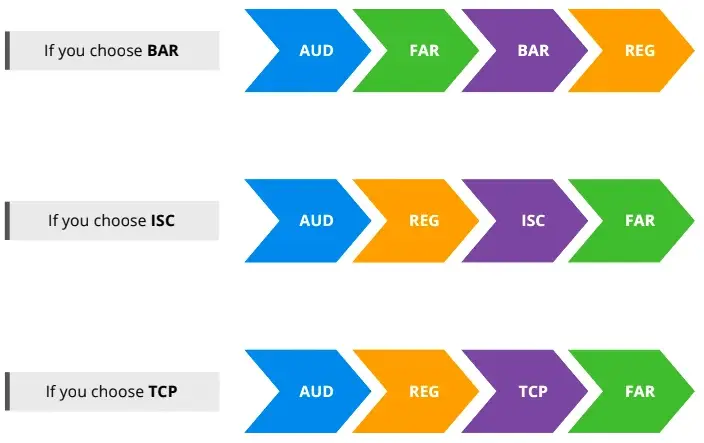CPA Exam Sections
Format and Content Areas for the 2024 Exam
FREE eBook:
CPA Exam Basics
Your 1-stop-shop to CPA requirements, exam content & structure, plus tips to pass!
CPA Review » CPA Exam » CPA Exam Sections, Format and Content Areas
Wondering how the Uniform CPA Exam is structured? This guide provides information about the CPA Exam sections, format, and content areas for all parts in detail.
What Are the Sections of the 2024 CPA Exam?
The CPA Exam has embarked on a significant evolution, with impactful changes taking effect on January 10, 2024. The CPA Exam now consists of three core sections and three discipline sections. The core sections are AUD, REG, and FAR. The BEC section is no longer testable and candidates must instead select one discipline section from the following:
- Business Analysis & Reporting (BAR)
- Information Systems and Controls (ISC)
- Tax Compliance & Planning (TCP)
For more information, check out the 2024 CPA Exam Changes here.
What is the Format and Structure of the 2024 CPA Exam?
Candidates are given 4 hours to finish each section of the CPA Exam. Although the type and quantity of questions have altered from the previous format, the CPA Exam's overall structure remains the same. For example, each section still contains multiple-choice questions (MCQs) and task-based simulations (TBSs). Only written communications (WCs) have been eliminated from the examination.
The table below describes the updated question types and numbers in each section.
| Section | Time | # MCQ | # TBS | MCQs Score Weighting |
TBSs Score Weighting |
|---|---|---|---|---|---|
| AUD - Core | 4 Hours | 78 | 7 | 50% | 50% |
| FAR - Core | 4 Hours | 50 | 7 | 50% | 50% |
| REG - Core | 4 Hours | 72 | 8 | 50% | 50% |
| BAR - Discipline | 4 Hours | 50 | 7 | 50% | 50% |
| ISC - Discipline | 4 Hours | 82 | 6 | 60% | 40% |
| TCP -Discipline | 4 Hours | 68 | 7 | 50% | 50% |



- Ethics, Professional Responsibilities and General Principles (15–25%)
- Assessing Risk and Developing a Planned Response (25–35%)
- Performing Further Procedures and Obtaining Evidence (30–40%)
- Forming Conclusions and Reporting (10–20%)
- Financial Reporting (30–40%)
- Select Balance Sheet Accounts (30–40%)
- Select Transactions (25–35%)
- Ethics, Professional Responsibilities and Federal Tax Procedures (10–20%)
- Business Law (15–25%)
- Federal Taxation of Property Transactions (5–15%)
- Federal Taxation of Individuals (22–32%)
- Federal Taxation of Entities (including tax preparation) (23–33%)
- Business Analysis (40–50%)
- Technical Accounting and Reporting (35–45%)
- State and Local Governments (10–20%)
- Information Systems and Data Management (35–45%)
- Security, Confidentiality and Privacy (35–45%)
- Considerations for System and Organization Controls (SOC) Engagements (15–25%)
- Tax Compliance and Planning for Individuals and Personal Financial Planning (30–40%)
- Entity Tax Compliance (30–40%)
- Entity Tax Planning (10–20%)
- Property Transactions (disposition of assets) (10–20%)
Which Order To Take the 2024 CPA Exam Sections?
The 2024 CPA Exam unfolds many new aspects with newly included disciplines and a revised format. Thus, it is essential for you to choose your exam order strategically. The order of the exams depends on which discipline section you chose, how hard they are, and how well you are prepared for them.
Initially, you must determine which area is the most challenging; beginning with the most challenging section is always beneficial in the long run. Also, we strongly advise taking your chosen discipline after its corresponding core portion, as the content builds upon it.
This chart shows you the suggested order of the CPA Exam according to your discipline choice.

That’s our goal too. Our course will help you pass. It’s that simple.
Frequently Asked Questions (FAQs)
What's the hardest section/part of the CPA Exam?
According to our CPA Industry Survey, 46% of people surveyed believe FAR is the hardest section of the CPA Exam. The FAR section of the exam tests candidates’ knowledge of general accounting principles, and the skills needed to apply the financial reporting knowledge required of CPAs. Most importantly, FAR requires that CPA candidates have a strong knowledge of US GAAP.
However, this is a very subjective matter. The most difficult section of the CPA Exam can vary by individual, as some may find certain topics harder to understand than others.
What is required for exam day?
The CPA Exam is time-consuming and requires a lot of effort. Therefore, you must be fully prepared on exam day. This preparation includes bringing essential documents to Prometric, such as your ID and NTS. Check out all the things you need on your exam day from our CPA exam day checklist page.
Is there a time limit to pass all four CPA Exam sections?
The CPA Exam must be passed within an 18-month deadline and with a score of 75 or higher for each section. This means, you have 18 months from the time you pass your first exam to pass the remaining three parts. Once you pass an exam, your notification document will include the date that your passed section expires.
Important Update from NASBA: Any candidate with CPA Exam credit(s) on January 1, 2024, will have such credit(s) extended to June 30, 2025. Learn more about the CPA Examination Credit Extension Policy here.
How long do you have to study for each CPA Exam Section?
Studying for the CPA Exam is a time-intensive process. A typical candidate spends a total of 300 – 400 hours preparing to pass all four parts of the CPA Exam. We recommend candidates spend approximately 1.5 to 2 hours per day studying, but depending on how often you study is entirely up to you. It is, for this reason, we provide our students the option of 3, 6, 9, or 12-month study planners to help them stay on track to reach their goals.
Which part of the CPA Exam should I take first?
Our general recommendation is to take FAR first, because it requires the most hours of study. Since the 18-month window to complete all four sections begins after the first exam part is passed, this in turn will prevent students from having to give any of their crunch time towards the massive FAR section. To learn more detailed information, please read our blog on which section of the CPA Exam you should take first.
How many times can you take the CPA Exam?
There is no limit to the number of times that you can take each CPA Exam section. The only barrier to taking another section of the CPA Exam would be waiting to receive scores from previous attempts of the same CPA Exam section.
Read More Related Articles
Discover how the CPA Exam is scored with this comprehensive guide and get essential tips on CPA Exam scoring factors.